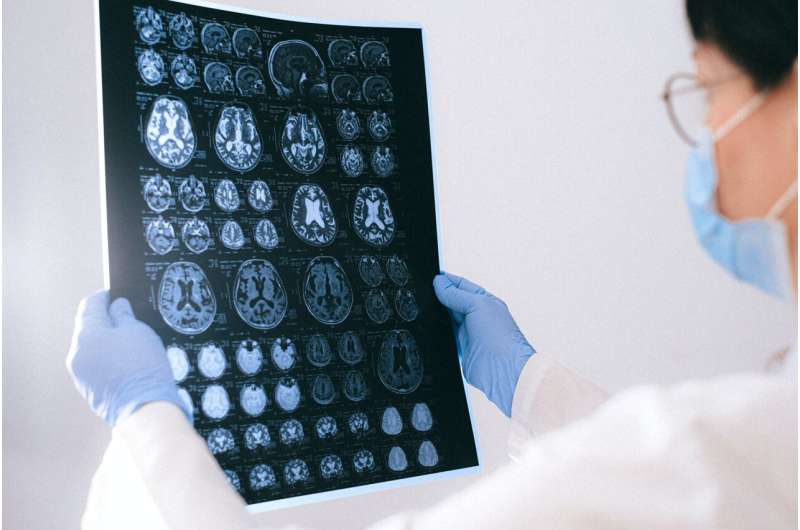How Aging Contributes to Neurodegenerative Diseases

Recent research uncovers a molecular link between aging and neurodegenerative diseases, highlighting EPS8 as a potential therapeutic target to prevent toxic protein aggregation in the aging brain.
As the global population ages, understanding the molecular mechanisms behind neurodegenerative diseases such as Alzheimer's, Parkinson's, Huntington's, and amyotrophic lateral sclerosis (ALS) becomes increasingly urgent. Recent research from the University of Cologne has uncovered a direct molecular link between aging processes and neurodegeneration, focusing on how age-related changes in cell signaling pathways promote the buildup of toxic proteins in nerve cells.
The study, published in Nature Aging, explored the role of an aging-associated protein called EPS8. This protein tends to accumulate as organisms grow older and can activate harmful stress responses that accelerate cellular degeneration and shorten lifespan. Using the nematode worm Caenorhabditis elegans as a model organism, the research team demonstrated that increased EPS8 levels and its signaling pathways drive abnormal protein aggregation—a hallmark of many neurodegenerative diseases.
Importantly, reducing EPS8 activity prevented the formation of toxic protein clumps and preserved neuronal function in the worms, providing compelling evidence of its role in disease progression. The findings also extend to human cell models of Huntington’s disease and ALS, where lowering EPS8 levels similarly hindered toxic protein accumulation.
The significance of this discovery lies in its conservation across species. EPS8 and its associated pathways are present in human cells, indicating that targeting this protein could offer new therapeutic avenues. By intervening in EPS8 signaling, it may be possible to slow or even prevent the progression of age-related neurodegenerative disorders.
While the precise mechanisms linking EPS8 activity to protein aggregation remain under investigation, this research offers promising insights. It highlights a molecular pathway through which aging influences neurodegeneration and emphasizes potential targets for future treatment strategies to combat these debilitating diseases.
This breakthrough contributes to a better understanding of the aging process and its impact on neurodegeneration, opening new paths for developing therapies aimed at mitigating the effects of aging on the nervous system.
Stay Updated with Mia's Feed
Get the latest health & wellness insights delivered straight to your inbox.
Related Articles
How Molecular Randomness Influences Variations in Aging and Lifespan
New research reveals that randomness at the molecular and cellular levels significantly influences individual aging and lifespan, offering fresh insights into the biology of aging and potential personalized therapies.
Age and Disease Duration as Key Predictors of Chronic Kidney Disease Post-Stem Cell Transplant
New research identifies age and disease duration as key factors influencing the risk of chronic kidney disease after hematopoietic stem cell transplantation, highlighting the need for targeted long-term kidney health management.
Exploring the Link Between Sleep-Related Leg Movements and Diabetes Risk
New research explores the connection between sleep-related leg movements and increased risk of developing diabetes, highlighting a potential new factor in chronic disease prevention.



